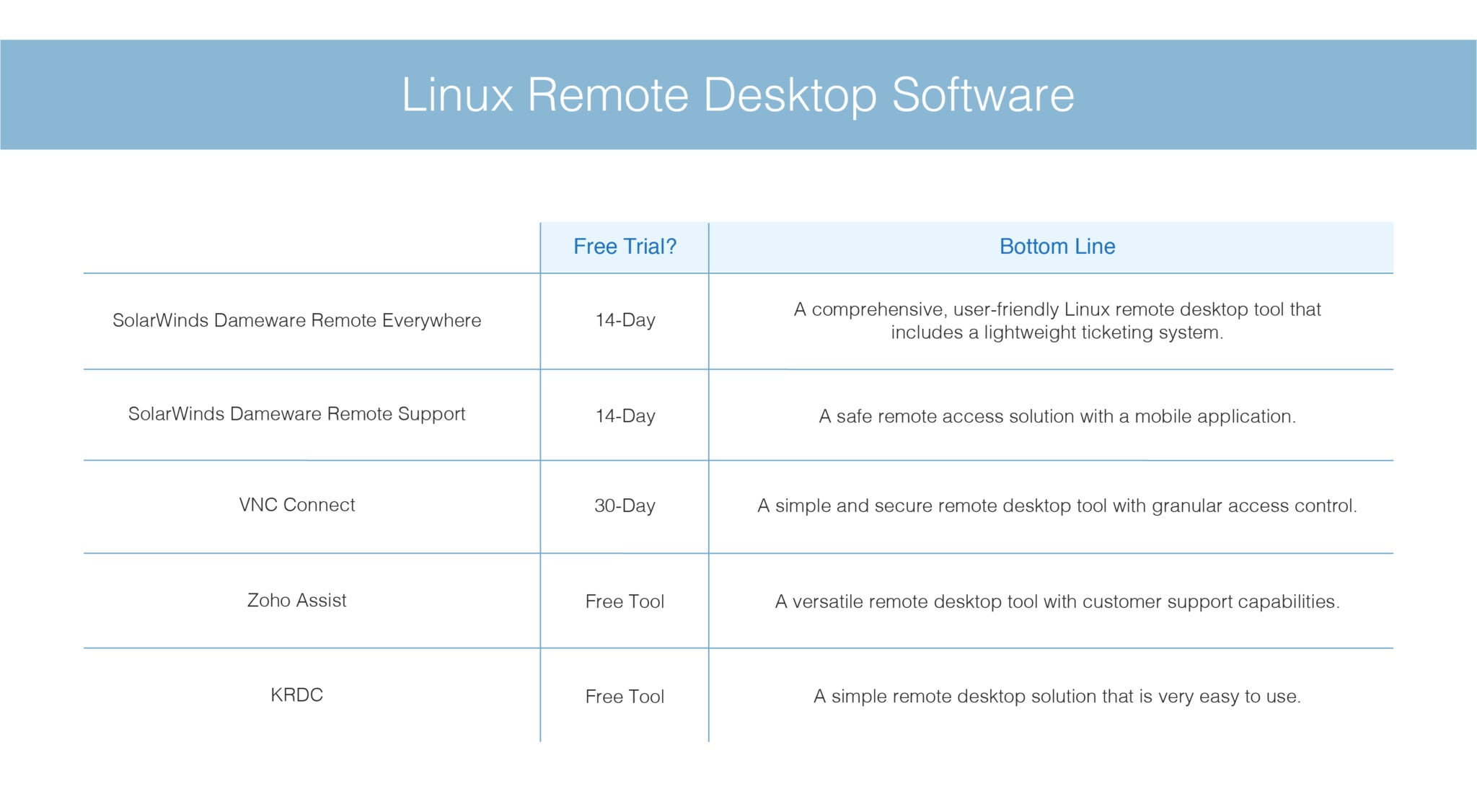



As long as there’s output, SCM will capture it and present it in a usable format for parsing. $CertificateList += $Certificate | Select-Object -Property FriendlyName, Issuer, Subject, Thumbprint, NotBefore, NotAfterĪs you can see, you aren’t required to stick with one-liners. # Get the important details and add it to the $CertificateList # Certificates are *not* containers (folders) # Check to see if this is a "folder" or a "certificate" $CertificateList = ( $Certificate in $AllCertificates ) # Create an empty list to keep the results $AllCertificates = Get-ChildItem -Path Cert:\LocalMachine\My -Recurse Thankfully it’s pretty easy in PowerShell. Doing this by hand would be excruciatingly slow. You can have entire scripts that return a value that you can review.Īlso, on the security front, it might be nice to know if random certificates start popping up everywhere. These don’t have to be relegated to PowerShell one-liners either. If you really felt like going gang-busters, you could ask for all the groups, and then enumerate the members of each. You could extend this to know when someone is added to power users or any other group.

Now we’ll know if someone is added or deleted. Now, you’ll get returned a list of all the local users in the Administrators group. Get-WindowsFeature | Where-Object | Sort-Object -Property Name Now, you can just write yourself a small PowerShell script: This is especially true if you’re running Windows Server Core because it has no Server Manager. There never was a really nice way to understand what roles were installed on a machine outside the Server Manager. Windows now handles many of the “roles” of a machine (Web Server, Active Directory Server, etc.) based on the installed features. Someone here has probably already done the work. If you can’t remember how to get a list of all the software installed on a system, post about it. If you need help formatting output, post about it. If you have something great you wrote, post about it. The THWACK members are here to be your resources. But let me say this plainly: You don’t need to be a scripting genius. Using PowerShell scripts to pull information from systems you’re monitoring is only limited by your scripting prowess. Using PowerShell with SCM, you can monitor your C:\Scripts\*.ps1 files and get notified when any deviate from their baselines. However, that part was available in the initial release of SCM. Since SCM’s release, I’ve always thought it was a great idea to monitor the directory where you store your scripts to make sure they didn’t vary and to validate changes over time, even going in and reverting them in case there was a change without approval. That’s why I was so excited to see that PowerShell script output is now supported in Server Configuration Monitor (SCM). “Fan” is a diminutive version of the word “fanatic,” and in this instance both are true. Anyone who knows me knows that I’m a fan of PowerShell.


 0 kommentar(er)
0 kommentar(er)
